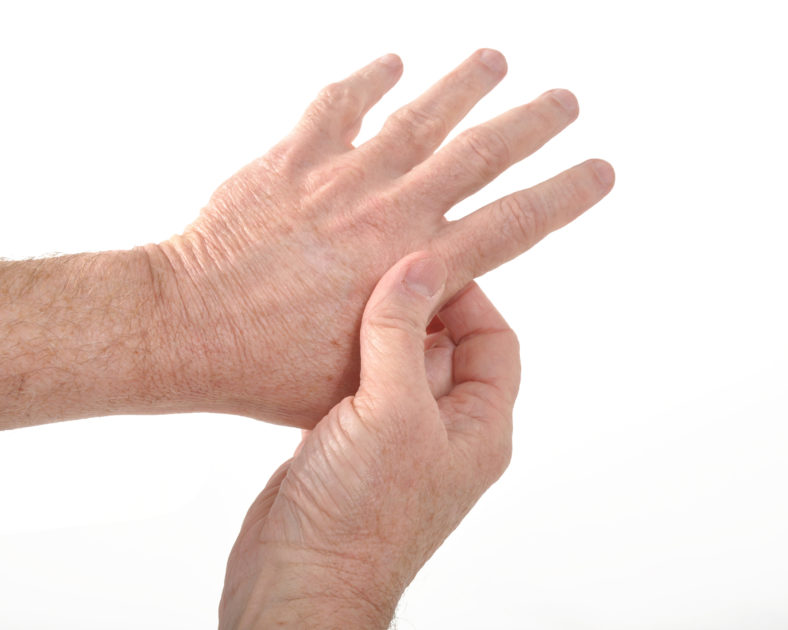
by Comprehensive Orthopaedics | May 29, 2019 | Wellness
(HealthDay News) — To use crutches safely, be sure they fit you properly. Also use care when carrying objects, says the Ohio State University Medical Center. To prevent falls, the center encourages those on crutches to: Clean the crutch tips often.Put away all...

by Comprehensive Orthopaedics | May 22, 2019 | Anti-aging, arthritis, Hand, pain, Wellness
FRIDAY, May 10, 2019 (HealthDay News) — Difficulties with daily activities such as dressing, walking and eating can be seen in rheumatoid arthritis patients a year or two before they’re diagnosed, a new study shows. “This is a new finding, and a...

by Comprehensive Orthopaedics | May 22, 2019 | pain, Spine, Wellness
MONDAY, May 13, 2019 (HealthDay News) — If your back aches while on the job, you have plenty of company: New research shows that nearly 40 million American workers suffer from chronic lower back pain. In all, that’s more than a quarter of the workforce...

by Comprehensive Orthopaedics | May 8, 2019 | Anti-aging, Exercise, pain, Wellness
THURSDAY, April 25, 2019 (HealthDay News) — Stroke survivors often face limited mobility, which quadruples their odds of osteoporosis, broken bones and falls. But most are never screened for these problems, new research reveals. “Our study adds to previous...




